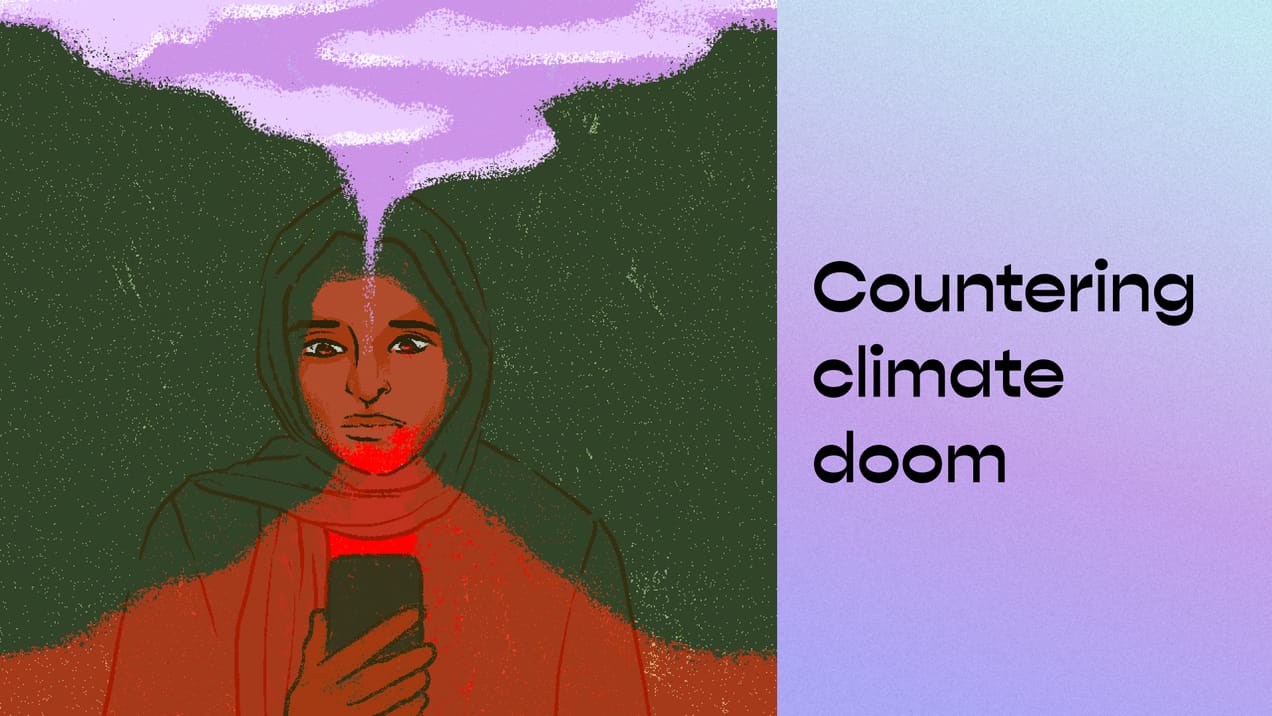
How media workers can be more gender-sensitive
In October 2023, I had the opportunity to participate in a gender-sensitive reporting workshop with some amazing journalists, media workers, and NGO representatives from five Southeast Asian countries (Indonesia, Malaysia, Singapore, Thailand, and the Philippines). It was organised by Public Media Alliance (PMA), a global association of public service media organisations dedicated to press freedom and capacity building for journalists, in collaboration with Indonesian publication Konde.co and Singapore women’s rights organisation AWARE. The workshop focused on combating gender-based discrimination and censorship within the media, and covered a wide range of topics, from gender representation in media to power dynamics in newsrooms.
Several useful resources were developed and shared in this workshop:
- Situation Report: Gender-sensitive reporting in Southeast Asia: A report by PMA that identifies gender sensitivity gaps and recommendations for Southeast Asian media.
- Action Plan: Improving gender-sensitivity approaches for Southeast Asian media stakeholders: Some action plans we developed to address common challenges, such as how to ensure safety for women journalists.
- kNOwVAWdata: An initiative offering courses and resources related to collecting and communicating violence against women (VAW) data.
- Reporting on Violence against Women and Girls: A Handbook for Journalists by UNESCO: A comprehensive guide on how journalists should address, frame, and cover VAW, including sub-topics such as interview facilitation and the use of language.
It’s been a few months since the workshop, but I’ve been reflecting on and discussing it with members of the Kontinentalist team, which has led me to four main takeaways.


